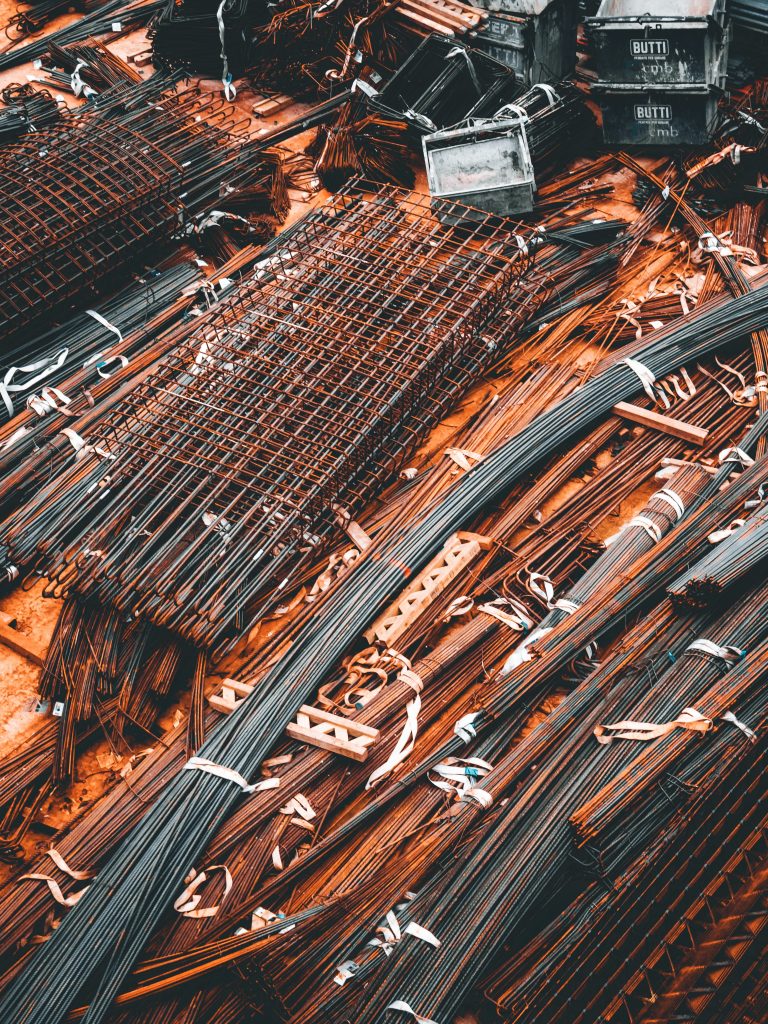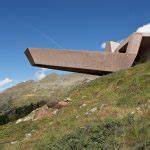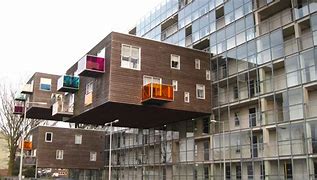“In architecture there are two ways to be truthful: in terms of the program and in
terms of construction. […]
To be truthful in the construction techniques is to use the materials according to their qualities and properties.
What is regarded as purely artistic issues, for example symmetry, are only secondary concerns in the face of these dominant principles.”

MATERIALS
Materials and technology are replaced by new ones, but the shapes remain alive and active, translated into new technological realities but perpetually expressed as symbols of the first materials and the primitive need to protect man.
New materials enable the development of unique shapes and, as a result, a new language. Extremely abundant material resources and labour, most of which are unskilled. The key components for coverage are the arch and vault, and the fundamental supports are the walls. Lime concrete, used in conjunction with formwork or as a filler between two external layers of brick, masonry, or tiny fragments of curved stone, is the fundamental component of Roman construction. All that is necessary for the stability of the building is that the supports are thick and robust enough to endure the weight and stresses of the vaults without deforming since the resistance is sufficient. The roof is created by romanesque architecture using barrel vaults supported by arches. These arches serve as a permanent formwork that can adjust to deformations since they are formed of small parts, are positioned beneath the vaults, and rest on the pillars that divide the central nave from the flanks.

Stone
Earth
Bricks
Wood
Steel
Concrete
Glass

Modern Technology:
- Computer Aided Design (CAD)
- Building Information Modeling (BIM).
- The difference between Classical and Gothic architecture is that the first is passive, merely channels and absorbs forces, while the second is dynamic.
Prefabrication
- Cross Laminated Timber (CLT) pannels
- Glassfibre Reinforced Concrete/Cement (GRC) panels.
- Prefabricated rammed earth block
STRUCTURES
New challenges:
- Stability and instability as formal aesthetic principles. Extreme cantilevers
- Structure dissolution with new materials and structural types. Dematerialization.
Stability and instability as formal aesthetic principles
Structure dissolution with new materials and structural types


FACILITIES
Building facilities are infrastructures formed by networks and fixed equipment that enable the supply and operation of services that allow functionality, efficiency and comfort in those for which they have been designed.
Hydraulic facilities
Energy networks
Climatic installations
Telecommunications
Medical Installations